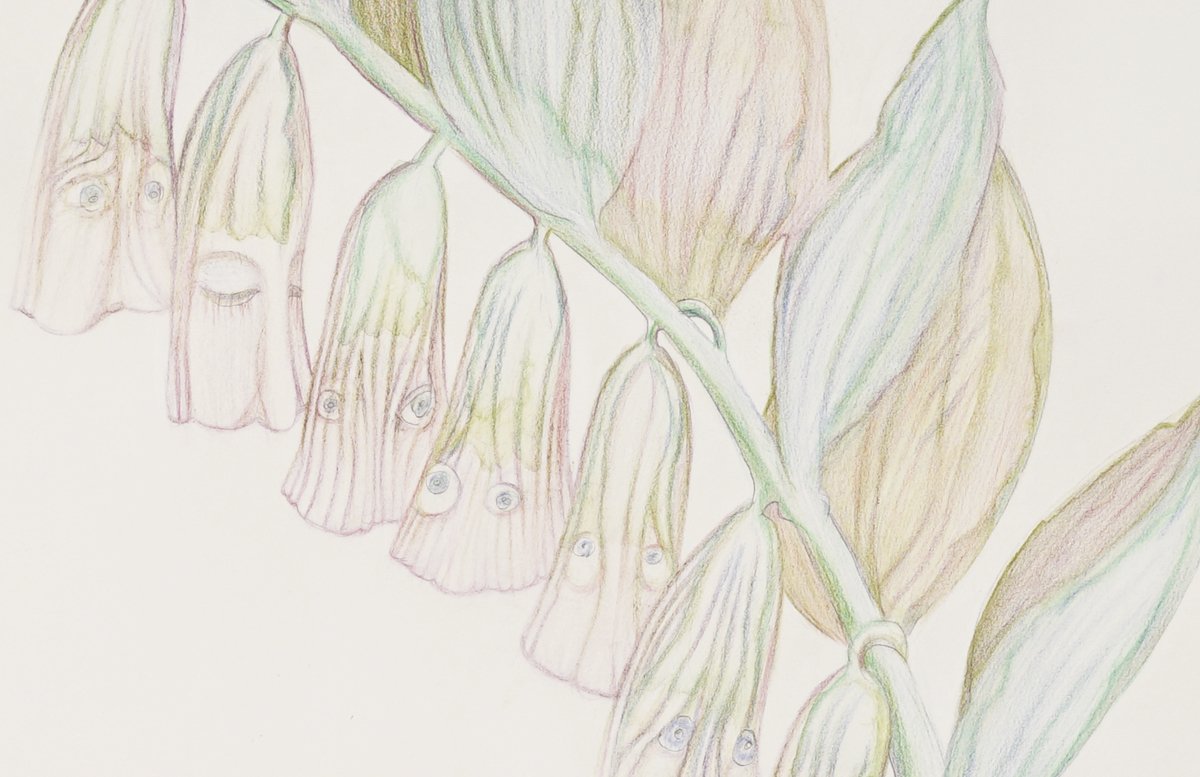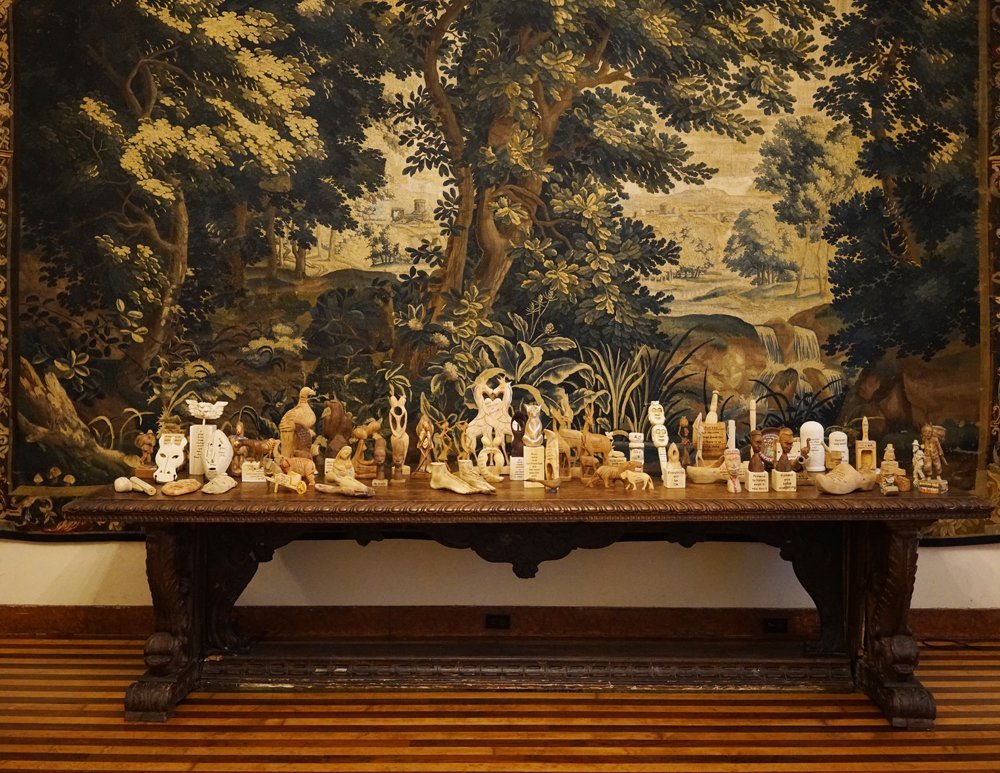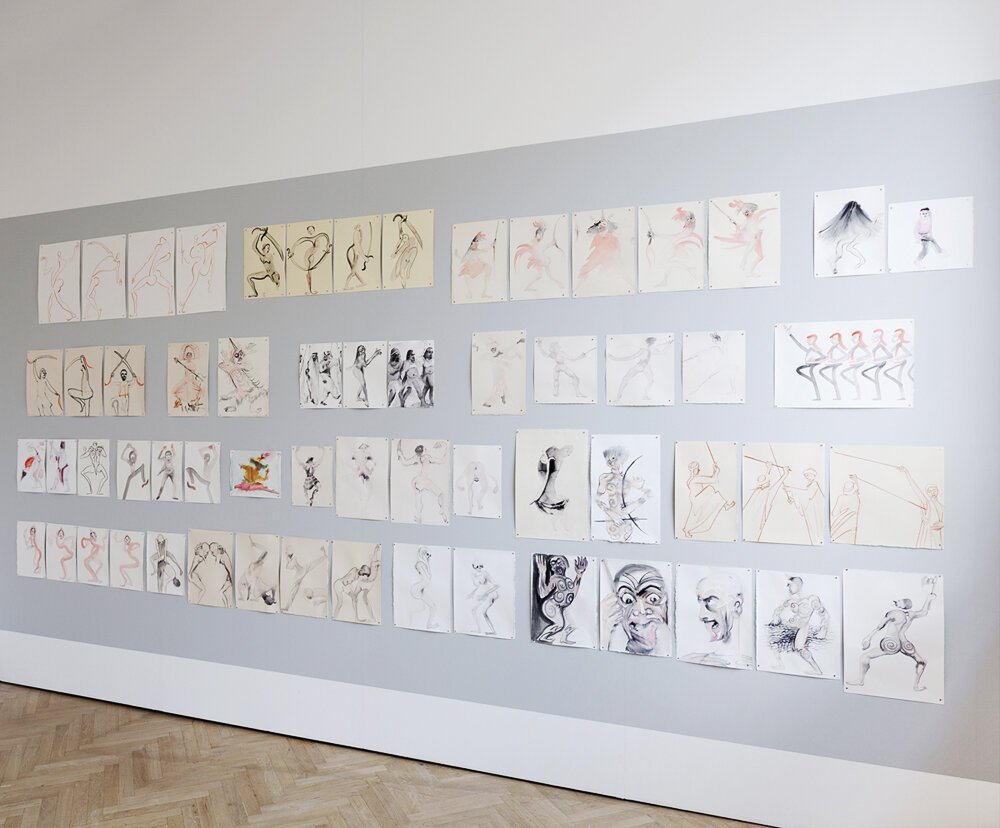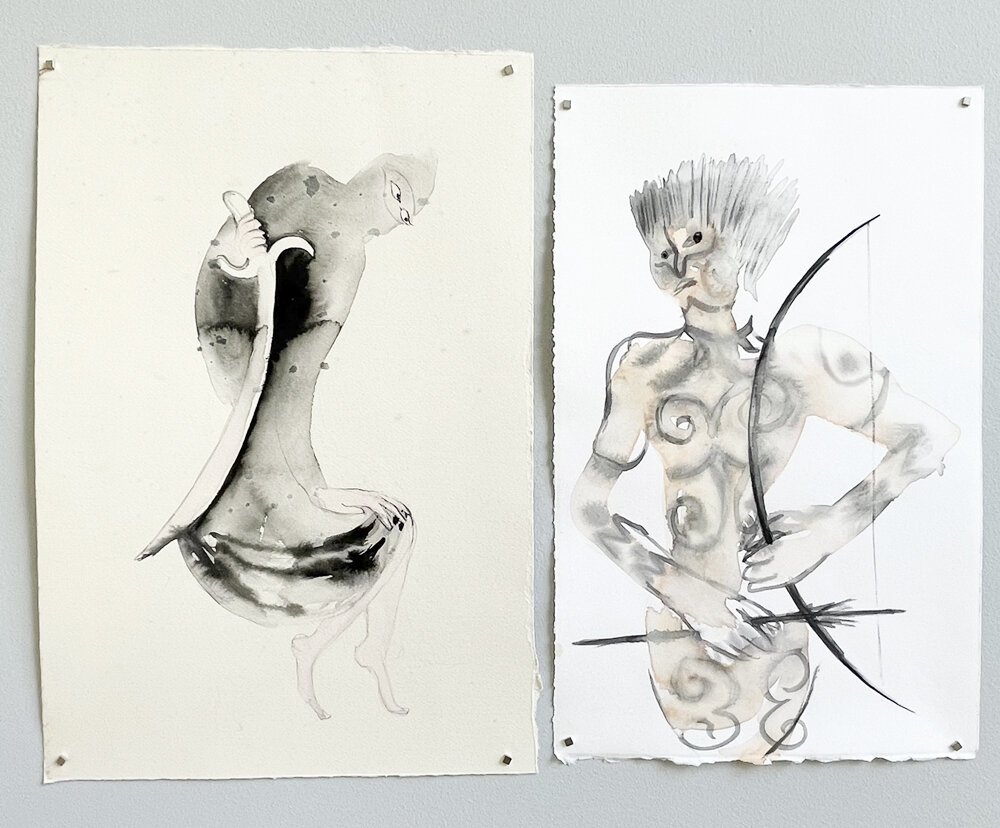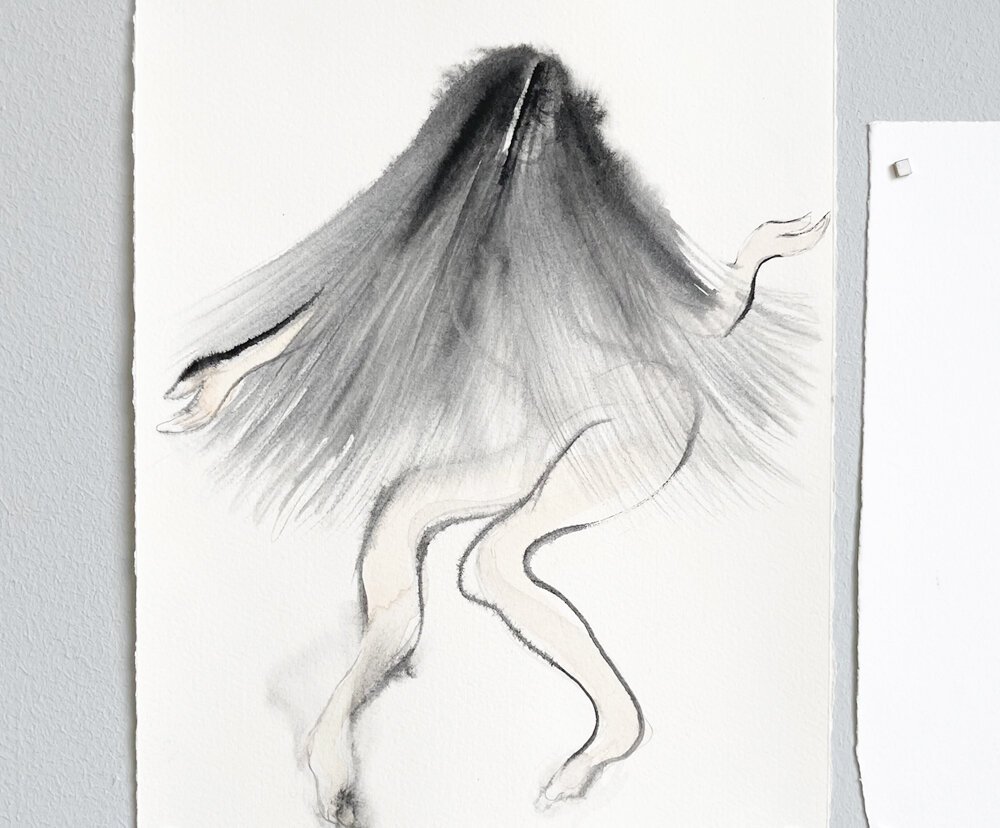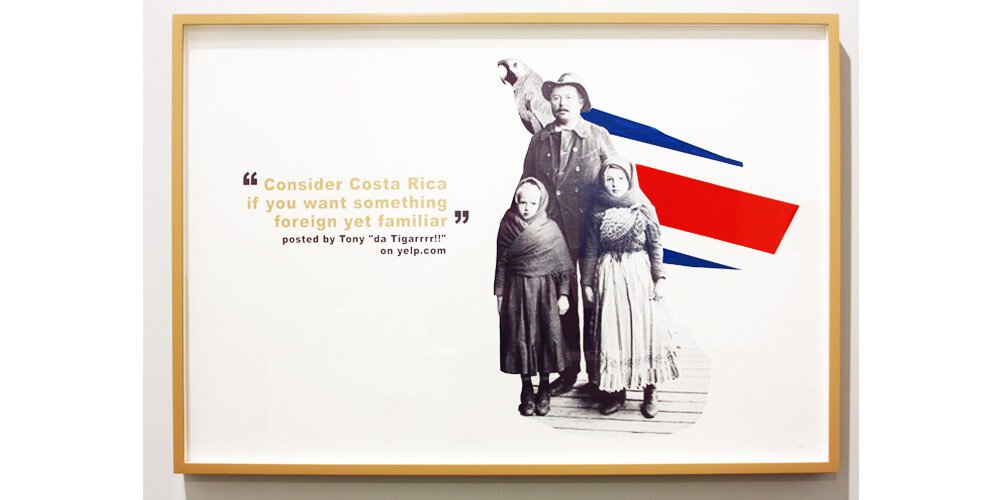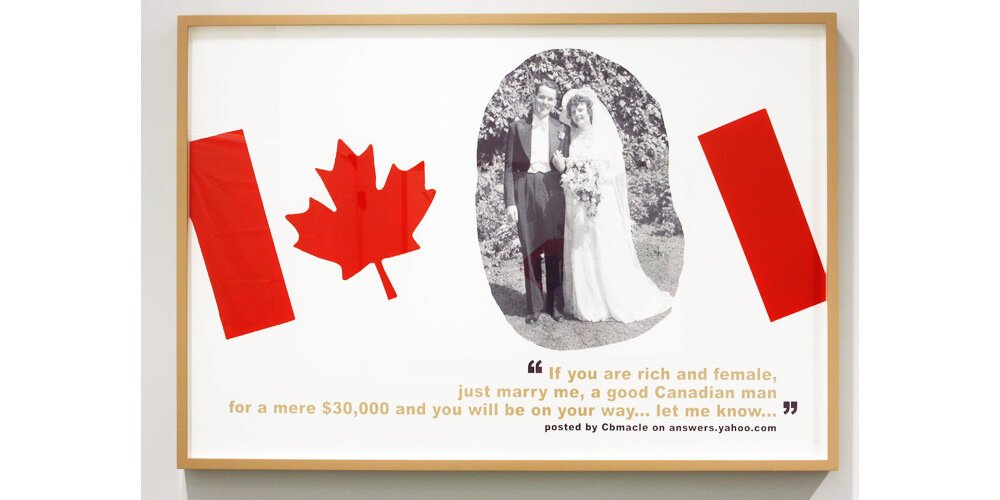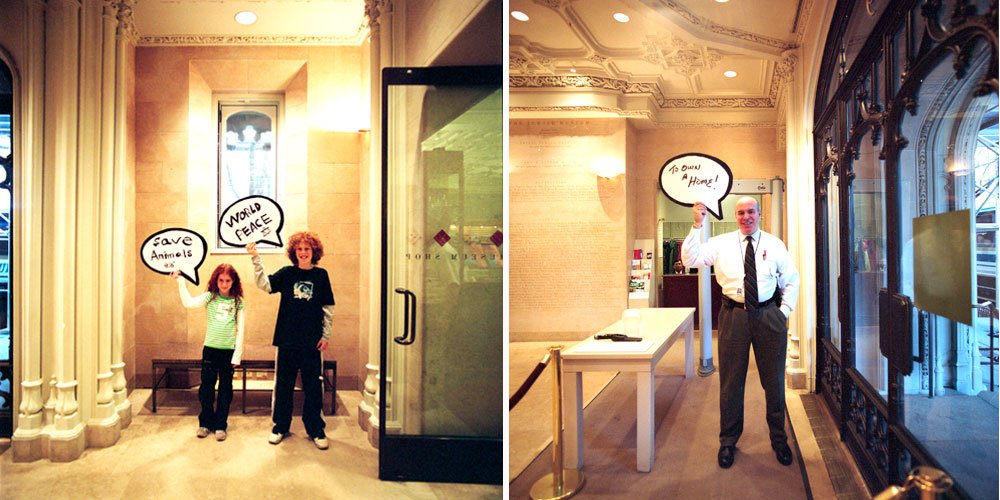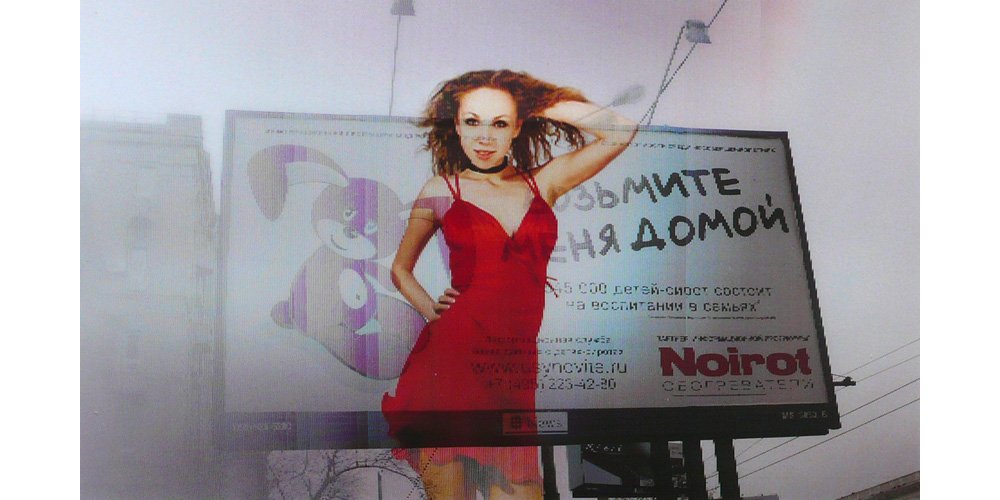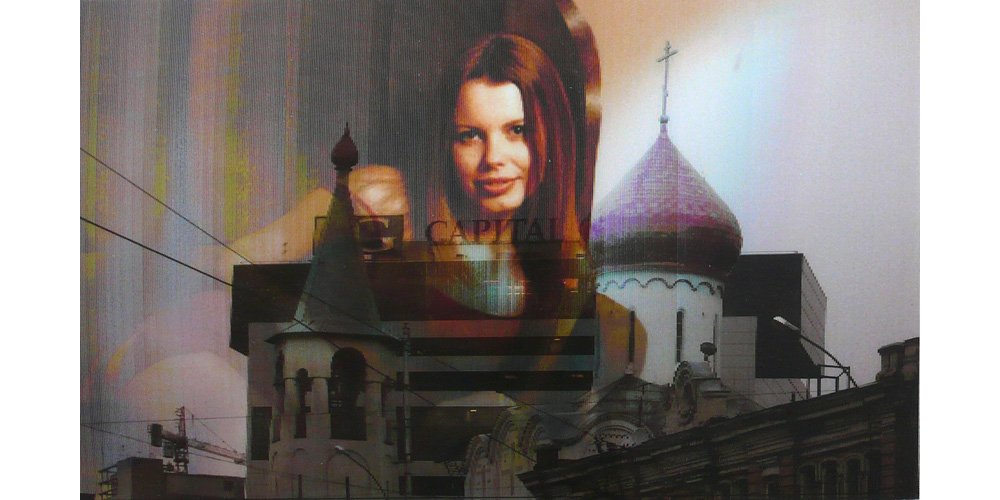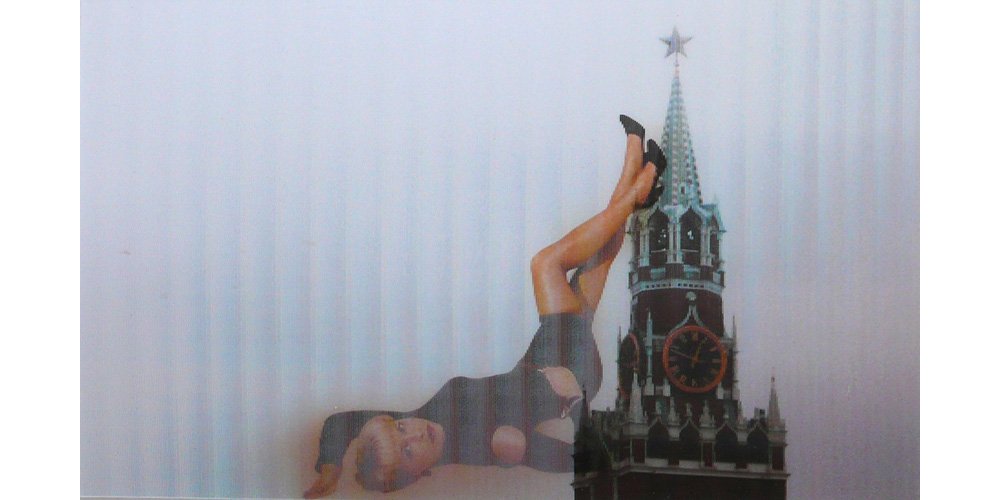IMPRESSIONS OF THE FLOWERS THEMSELVES Curated by Chiara Mannarino and Francesca Pessarelli Spring/Break Art Show, September 7th - 12th, 2022
This September, Curators Chiara Mannarino and Francesca Pessarelli present Impressions of the Flowers Themselves, which takes botanist and cyanotype photographer Anna Atkins’ deep connection and consideration for her botanical subjects as its point of departure. Alina Bliumis, Joseph Liatela, and Joey Rosin align with this empathic relationship to plants and, each in a different way, address the symbolic potential of flowers and their ability to evoke ideas of rebirth, transformation, and utopia.
Bliumis is a research-based artist who approaches historical and political moments through the lens of the natural world. In her series Endangered: Portraits of Flowers, Bliumis gives renewed life and agency to endangered and extinct flowers through portraiture. Hand-carved frames imbue these plants with a sense of personhood and reflect the histories and mythologies associated with them. Many of the flowers Bliumis includes in this series have medicinal or psychedelic properties – their healing and transportive capabilities often leading to their exploitation and extinction.
Liatela is a multidisciplinary artist who uses performance and sculpture to address trans and queer subjectivities and embodiment. His work considers the historical use of flowers in memorials and their inherent symbolism of death and rebirth. In his installation Untitled (Ascension), Liatela applies these concepts to the body, addressing the transitory nature shared by plants and humans and one’s ability to transform over time. His work serves as an altar upon which we commemorate the individuals and parts of ourselves we have lost while looking towards the infinite potential of the reborn self.
Rosin is a musician, sound healer, and budding scent artist. In line with Bliumis’ and Liatela’s exploration of ephemerality and loss, Rosin has created a four-piece sonic landscape entitled Bardo – a Tibetan word that describes the liminal space between death and rebirth. Also by Rosin is Altarpiece – a unique fragrance that will be diffused throughout the exhibition space. Rosin has poetically conceptualized these works as a metaphorical diptych. Harnessing the evocative nature of scent and sound, Rosin’s aim is to encapsulate the beauty of a natural world that no longer exists and will never exist again.
Born in the wake of the Age of Enlightenment, during which historically prevailing notions of the self came into question, Anna Atkins turned such inquiries to the botanical world as well, considering how flora, too, can constitute moral agents. Impressions of the Flowers Themselves seeks to blur and make arbitrary the line between human and botanical life, speaking to the impossibility of extricating ourselves and our ideals from the natural world and its mythologies. The exhibition will act as an altar, a memorial, a meditative space where we can imagine an alternate present, one in which we haven’t lost these literal and figurative flowers and the stories and values they carry with them.
BETWEEN TEXTS AND TEXTILES Bienvenu Steinberg & Partner 35 Walker St. NYC July 21 - August 31, 2022
Bienvenu Steinberg & J is pleased to present Between Texts and Textiles, an exhibition including eight international artists. The works featured stretch the fabric of reality, from text to textile, from pattern to language. What is presented is a gradual approach to painting, sculpting, weaving and writing by visual fusion of what might be called the textile sign. The works break the link between vehicle and destination: textiles to be read with no intention of being informed, texts with no plot and no point.
Language and text are at the tactile and metaphoric center of Ann Hamilton’s work. She uses common materials to invoke particular places, collective voices, and communities of labor. What are the places and forms for live, visceral, face-to-face experiences in a media saturated world? In Shell, an homage to Joseph Beuys, in the form of a white felt coat, as well as in a groupof collagesonbookendpaper,therelationsofcloth,touch,motionandhumangesture give way to dense materiality.
In her re-reading of twentieth Century avant-garde practices, Fernanda Fragateiro frequently repurposes already-existing and symbolically layered material, in order to fashion delicate work criss-crossed by an intricate web of inner references to the history of art and architecture. Her ongoing Overlap sculptures are made of stainless steel supports and handmade fabric-bound sketchbooks. Overlapping is an important word to talk about the essence of all these works: overlapping of elements, overlapping of materials, overlapping of histories, and time overlapping. In a new series of paintings titled Poly-Grounds, Suzanne Song creates multifaceted dimensions that blur the boundary between illusion and reality. The paintings’ shapes are direct extractions of the marginal spaces delineated from previous bodies of work. The placement of shadows disrupts the flat picture plane and transforms the two-dimensional surface into an ambiguous field: are we looking at a painting, a very finely woven fabric or a polished surface?
Visions, inspired by dreams, surrounding life, or drawn from the unconscious, are at the heart of Mia Enell’s paintings. She plays with words through images, her figures of speech are free associations on canvas. Loosely Knit is a literal rendering of its title: a system of interconnected discrete units freed from instrumental utility or significance. Alina Bliumis’ text-based sculptural works, Concrete Poems, recall street wall scribbles, graffiti, and absurdist poetry. They consist of words literally inscribed on tablets of wet concrete. Border/Order; Textile/Tile; Lover/Over: the playfulness of crossword puzzles often leads to unexpected existential interrogations. Usingreadymadeexpressionsorrepetitionsofasingleword, ElvireBonduelle utilizes a repertoire of images and objects with apparently joyful potential. Made of words carefully calligraphed -in her own hand-designed font- over colorful wave patterns, Bonduelle’s paintings revel in their own obviousness.
Analia Saban dissects and reconfigures traditional notions of painting, often using the medium of paint as the subject itself and the canvas as a medium rather than a support. Her methods such as unweaving paintings, laser-burning the canvas, molding forms or weaving paint through linen thread, remain central to her practice, as she continues to explore tangible materials in relation to the metaphysical properties of artworks. Julianne Swartz articulates an architecture of frailty. When viewed, her sculptures are activated slightly, at times, they even appear to breathe. Zero blanket is a silent tapestry, made from hair-thin copper wire. The tenuous lines from the irregularly weaved structure delineate and hold space until emptiness becomes substance. Zero Blanket embodies invisible presence and tangible absence, it engages a palpable vulnerability.
Alina and Jeff Bliumis CULTURAL TIPS FOR NEW AMERICANS Curated by Sozita Goudouna, Occupy Art Project, The French Consulate, NYC February 17 - March 9, 2022
Alina Bliumis, Jeff Bliumis
CULTURAL TIPS FOR NEW AMERICANS
2022, 110 objects, wood and ink
For the last years, we have been gathering tips on “how can immigrants blend in the American society“ using street questionnaires, handbooks, social media and public forums. Concurrently, we collected ethnic wooden souvenirs, which radiate a certain fetishization of otherness, from all around New York City and sandblasted these objects to remove their original decorations and uncover the wood underneath. The cultural tips are then written onto the wooden souvenirs in ink, causing them to become decontextualized objects, much like the immigrants to whom the cultural tips are addressed.
WHAT MAKES ANOTHER WORLD POSSIBLE? Curated by Corina L. Apostol, Kunstihoone Tallinn, Estonia September 18 – December 5, 2021
Installation view: Dance As a Weapon (2020 “Studies in Movement Across National Ideologies of War and Resistance” series of 70 works, watercolor on paper, dimensions variable) at What Makes Another World Possible? curated by Corina L. Apostol, Kunstihoone Tallinn, Estonia, photo #1-2 by Paul Kulmet
On Friday, 17 September, an exhibition entitled What Makes Another World Possible? will open at Tallinn Art Hall, which looks at socially engaged art in the last decade and the role of art in social and political struggles. The exhibited works provide an overview of how art has been used as a tool for shaping society in the last decade.
Corina L. Apostol, the curator of the exhibition, remarks that when compiling the exhibition she was guided by the belief that artists contribute to some of the most crucial debates of our times and that their voices are significant in shaping society and imagining how it could be different. “The work of the artists in this exhibition brings together the various facets of art, activism and global politics,” she says.
The exhibition includes works by 14 artists or groups from Estonia and abroad: Alina Bliumis, Zach Blas, Chto Delat?, Vala T. Foltyn, Núria Güell, Sandra Kosorotova, Kristina Norman, Daniela Ortiz, Tanja Ostojić, Lia Perjovschi, Dan Perjovschi, Dushko Petrovich, Urmas Viik and Ala Younis.
Corina L. Apostol is the co-author of Making Another World Possible (Routledge, Creative Time), which was published in 2019. Both the book and the exhibition examine ten global issues through the prism of socially engaged art projects, including: the militarisation of society, the proliferation of surveillance, entrenched economic inequalities, rising social movements, the displacement of peoples, cosmopolitics, anti-racism struggles, creative education in crisis, queerness and political expression, and new devices enabling political action.
“The global pandemic has only amplified many of these urgent issues, and interest in socially engaged art has grown: it has moved from the margins of the art world to being a central part of the discussion on contemporary art and politics,” Corina L. Apostol says.
Rather than attempting a global survey, the adaptation of this book into a physical exhibition seeks to raise fundamental questions that initiate conversation and contribute to the understanding of socially engaged art both in Estonia and abroad. The exhibition gives an idea of which current issues speak to artists and how art is responding to the present political questions and relating to the global situation here and now.
The exhibition combines different yet interconnected artistic notions and is not only a place for presenting art, but also a space for learning and exploring. Together with the exhibition, Tallinn Art Hall is launching a unique series of successive educational programmes for students of general education schools, entitled School of Perception. Further information on the website of Tallinn Art Hall.
Choreographers Joanna Kalm and Nele Suisalu will give a performance at the opening of the exhibition at 6:30 pm, entitled Myrtle Sisters: To Health.
BELARUS - SCREAMS OF THE SILENCED, The Grey Space in the Middle, The Hague, The Netherlands, July 2021
Installation view: Alina Bliumis Bruise #15, 2021, watercolor on printed linen, 145 x 112 inches / 370 cm x 284 cm
Exhibition and public program as a gesture of solidarity with Belarusian voices of (artistic) resistance protesting against a derailed dictatorship.
Witness the historic moment of a new Belarusian society unfolding – tirelessly protesting the escalating pressures of a derailed dictatorship. To avoid persecution a clever use of language, imagery, and fill-in-the-blanks inventiveness has emerged, leading to a double art of transparency and subtlety. ‘Screams of the Silenced’ is a gesture of solidarity with Belarusian artists and all other voices of resistance in Belarus.
Be immersed in a critical polyphony while exploring deeply personal first-hand accounts, exemplified by video works, prison drawings, installations, paintings, kinetic sound sculptures, interactive performance art, as well as an extensive public program. Over 30 artists are participating in the exhibition: Tasha Arlova, Eyad Aljarod, Bazinato, Rufina Bazlova, Alina Bliumis, Alena Davidovich, Evelina Domnitch and Dmitry Gelfand, Andrei Dureika, Darya Golova, Mikhail Gulin, HeHe, Maria Komarova, Zahar Kudin, Lera Lazuk, Vika Mitrichenko, Ulyana Nevzorova, Lesia Pcholka and Uladzimir Hramovich, Ales Pushkin, Ala Savashevich, Nadya Sayapina, Artemy Sei, Jura Shust, Maksim Shved, Antonina Slobodchikova, Raman Tratsiuk, Maxim Tyminko, Ira Zabela, cultprotest.me, Polina Titova.
TO SCATTER OR SOW: DIASPORA IN CONTEMPORARY ART Curated by Elizabeth Hoy, Beard & Weil Galleries, Watson Fine Arts, Wheaton College, September 7– October 23, 2021
AMATEUR BIRDWATCHING AT PASSPORT CONTROL and MOST OF US ARE at TO SCATTER OR SOW: DIASPORA IN CONTEMPORARY ART
To Scatter or Sow: Diaspora in Contemporary Art serves as a central event for Wheaton’s campus-wide initiative to consider Diasporas: Economies, Boundaries, and Kinship. The title of the show is taken from the Greek root of the word, and evokes not only the dispersal inherent in diaspora but also the potential for rich growth. Framing the multi-faceted idea of diasporas through the work of eight contemporary artists, the exhibition includes video, photography, painting, ceramics and text-based work. The exhibition is presented both virtually and on the Wheaton campus. Artists: Alina Bliumis, Chinatown Pretty: Andria Lo & Valerie Luu, Isabella Cruz-Chong, Patricia Encarnación, Michael Gac Levin, Jodie Lyn-Kee-Chow, Crys Yin.
COSMOPOLITICS, COMRADESHIP, AND THE COMMONS, Shelter festival, Helsinki, Finland Curated by Corina L. Apostol, Ksenia Yurkova and Anastasia Vepreva June 7-9, 2019
EXPLORING ENVIRONMENTAL PHILOSOPHY, ECOFEMINISM, QUEER ECOLOGY AND ECOLOGICAL RESILIENCE THROUGH KEY PROJECTS BY INTERNATIONAL ARTISTS, SOME ON VIEW FOR THE FIRST TIME IN FINLAND.
This year the festival will consider some of the most pressing issues of our times under the conceptual umbrella of eco-feminism, queer ecology, environmental philosophy, and ecological resilience. Entitled "Cosmopolitics, Comradeship, and the Commons" the 2019 festival-laboratory will feature diverse works including performance, installation art, poetry, film screenings, as well as discussions, artistic research, and an online publication bringing together artists and cultural practitioners from the Scandinavian countries, the Baltic Region, Eastern Europe, Russia, and beyond. Drawing on Isabelle Stengers' concept of "Cosmopolitics," where diverse stories, perspectives, and practices connect to lay the foundation for new strategies and radical possibilities, the Festival will act as a temporary commons for diverse approaches to the ecological crisis and its economic, social, and cultural affects and effects.
The festival invited artists, activists, educators, musicians, and all cultural producers in the greater Helsinki area and beyond to propose projects at the intersection of deep ecology, climate resilience, environmental philosophy, ecofeminism, and socially engaged practice.
Russian performative and experimental musical collective Techno-Poetry (Roman Osminkin, Anton Komandirov, Marina Shamova); Sweden-based art-collective HAMNEN (artist and filmmaker Klængur Gunnarsson; artist Maria Safronova Wahlström; artist Josef Mellergård; award-winning filmmaker, journalist and writer Johannes Wahlström); ex-academic turned video essayist Natalie Wynn based in the US; artist, activist and filmmaker Oto Hudec based in Slovakia; collaborating Romanian artists Anca Benera and Arnold Estefan; artist and filmmaker Oliver Ressler based in Austria; curator and art critic Raluca Voinea based in Romania; Sami artist, author and journalist Máret Ánne Sara based in Norway; Polish poetic choreographer, performance maker, curator of experiences Valentine Tanz/ Vala Tomasz Foltyn based in Denmark; UK-based art historians and curators Maja and Reuben Fowkes; and Belarusian-American artist Alina Bliumis are amongst this year's participants.
More than 20 participating artists, musicians, curators and theoreticians were selected via an international open call: Anna Sopova and Antanas Jatsinevichys (Russia); Inês Tartaruga Água (Portugal); Ipek Burçak (Turkey); Collective HEXY (Justyna Jakóbowska, Roksana Kularska-Król, Justyna Stopnicka) (Poland); Lea Roth (Germany); Laurene Bois-Mariage (Finland); Maria Veits (Russia/ Israel); Andréa Stanislav (US); Axel Straschnoy (Finland); Vo Ezn (Georgia); Mathilda Franzén (Sweden); Natalia Skobeeva (Russia/ Belgium); Rabota (Marika Krasina & Anton Kryvulia) (Germany/ Belarus); Roman Golovko (Russia); Silvia Amancei and Bogdan Armanu (Romania); Susi Disorder (United Kingdom); Saša Nemec (Slovenia/ Finland); Taisia Korotkova (Russia); Valerii Shevchenko (Russia); Vera Kavaleuskaya (Finland/ Belarus); Verneri Salonen (Finland); zh v yu (Natasha Zhukova, Katya Volkova, Dasha Yurychuk) (Russia).
The festival also presents the Suoja/Shelter Reader, a compilation of educational materials in conversation with the performances, art installations, films, music, and discussions taking place throughout the festival. The Reader has been put together by the festival curator and organizers. The reader also contains a themed glossary of terms.
Suoja/ Shelter is held at the Space for Free Arts under the Auspices of the University of the Arts Helsinki (UNIARTS). It is supported by the City of Helsinki, the Finnish Cultural Foundation (SKR), and the Arts Promotion Center Finland ( TAIKE). Spanning three full days of programming between June 7-9 at the public shelter turned into the Space For Free Arts/ Vapaan Taiteen Tila in the Sörnäinen neighbourhood of Finland's capital, the festival is free and open to the public. It is curated by Corina L. Apostol, an independent curator and writer based in New York/US and Constanța/Romania, together with artist and curator Ksenia Yurkova (Finland/ Russia) and artist and curator Anastasia Vepreva (Russia).
Alina and Jeff Bliumis WHICH COUNTRY IS THE BEST TO MOVE TO? Person Grata, the Musée national de l’histoire de l’immigration and the MAC VAL, Curators Anne-Laure Flacelière and Isabelle Renard
Musée national de l’histoire de l’immigration
16 October 2018 – 20 January 2019
Co-curated by Anne-Laure Flacelière, MAC VAL collection Study and Development Officer and Isabelle Renard, Collections and Exhibitions Director at the Musée national de l’histoire de l’immigration
With works by Bertille Bak, Dominique Blais, Alina Bliumis, Jeff Bliumis, Halida Boughriet, Kyungwoo Chun, Philippe Cognée, Pascale Consigny, Hamid Debarrah, Latifa Echakhch, Eléonore False, Claire Fontaine, Laura Henno, Pierre Huyghe, Bertrand Lamarche, Xie Lei, Lahouari Mohammed Bakir, Moataz Nasr, Eva Nielsen, Gina Pane, Laure Prouvost, Enrique Ramirez, Judit Reigl, Anri Sala, Sarkis, Zineb Sedira, Bruno Serralongue, Chiharu Shiota, Société Réaliste, Dan Stockholm, Barthélémy Toguo...
Welcome ! Festival
6 October – 11 November 2018
Programming: Stéphane Malfettes
Under the eyes of philosophers Fabienne Brugère and Guillaume Le Blanc, authors of La fin de l’hospitalité, this two-fold exhibition will be complemented by a cultural programming: Welcome! at the Musée national de l’histoire de l’immigration (6 October-11 November 2018) and Attention fragile at the MAC VAL (30 November, 1 and 2 December 2018).
MAC VAL – Musée d’art contemporain du Val-de-Marne
16 October 2018 – 24February 2019
Curated by Ingrid Jurzak, MAC VAL Collection Study and Management Officer
With works by Eduardo Arroyo, Marcos Avila Forero, Bertille Bak, Richard Baquié, Taysir Batniji, Ben, Bruno Boudjelal, Mark Brusse, Pierre Buraglio, Mircea Cantor, Étienne Chambaud, Kyungwoo Chun, Philippe Cognée, Delphine Coindet, Julien Discrit, Thierry Fontaine, Jochen Gerz, Ghazel, Marie-Ange Guilleminot, Mona Hatoum, Éric Hattan, Laura Henno, Emily Jacir, Yeondoo Jung, Bouchra Khalili, Kimsooja, Claude Lévêque, Lahouari Mohammed Bakir, Lucy Orta, Bernard Pagès, Yan Pei-Ming, Cécile Paris, Mathieu Pernot, Jacqueline Salmon, Bruno Serralongue, Esther Shalev-Gerz, Société Réaliste, Djamel Tatah, Barthélémy Toguo, Patrick Tosani, Sabine Weiss...
Attention fragile
Festival-Rencontre, 30 November, 1 and 2 December 2018
Programming: Stéphanie Airaud - Thibault Capéran
The Musée national de l’histoire de l’immigration and the MAC VAL- Musée d’art contemporain du Val-de-Marne are collaborating to present a project questioning the notion of hospitality through the prism of contemporary creation. Together, the two institutions- a social museum that value contemporary creation and a contemporary art museum that tackles social issues- are happy to present “Persona grata”, an exhibition organized over the two locations with a rich cultural programming: an occasion for artists to explore all the dimensions of what constitutes or corrodes the notions of hospitality and alterity through their own vision and sensitivity.
The acceleration of migratory flows and the growing place these issues occupy in the public debate increasingly question the foundations of our societies. On one hand, camps and walls mushroom and confirm the irreversible setback of our hospitality duty, while on the other, citizen involvement grows to help, support and welcome migrants. Is the answer of today’s harsh society to bring emergency assistance rather than implement long-term and effective hospitality policies?
In this context and from the collections of both museums, this artistic partnership aims at highlighting a contemporary creation that reflects today’s world as well as tackling these issues from the point of view of the many artists who have explored the theme of hospitality over the last years.
The exhibition will provide a platform for artists to share their analyses, critics and feelings toward national fold, behaviors of rejection and revolt. These artistic testimonies will help us think these questions through and look at ourselves yet without any moralistic judgment.
Through this unique and engaged partnership project, the Musée national de l’histoire de l’immigration and the MAC VAL look to raise awareness, foster reflection and debate, and call our certitudes into question. Although central, the issues related to migratory flows do not cross out other neglected –and little known- forms of hospitality toward helpless and weakened populations. The exhibition will bring forth proposals around community life, care for others, the necessity of nursing homes, public health-care and hospitality centers held in a spirit of attentiveness, kindness and sharing we should rehabilitate.
SPECTERS OF COMMUNISM: CONTEMPORARY RUSSIAN ART James Gallery, CUNY Graduate Center, NY, USA, 2015 curator Boris Groys
Boris Groys
Excerpt from Specters of Communism: Contemporary Russian Art, The James Gallery and e-flux, New York
"Jeff and Alina Bliumis, a pair of New York-based, Russian-speaking artists born in Moldova and Belarus, respectively, also open themselves up to the potentialities of new landscapes in the work that produced an installation of thirty-nine 24 x 24 inch photographs at The James Gallery. For their long-term project A Painting for a Family Dinner (2008-2013), the Bliumis' traveled the world from The Bronx to China stopping in Italy and Israel, looking for hosts who would exchange a home-cooked meal for a small sweetly but primitively rendered painting. Their project, which is the only one in the exhibition that does not directly engage with Russia, is documented through photographs where they stand with their temporarily adoptive families and in a set of limited-edition books that trace the project's steps within each country. Reviving the barter system in the twenty-first century when our transactions have advanced to new currencies, like Bitcoins and devices like Apple Pay, the Bliumis' humble proposition is inspiring, even though its success is not guaranteed in the capitalist system. A Painting for a Family Dinner allows us to see a positive side of communism because it puts into practice the notion of equal and shared property circulating within an international codependent community".
FOREIGN BODIES, Set Gallery, Brooklyn, New York, USA; curator Yevgeniya Baras
In collaboration with Jeff Bliumis
HULA HOOP
2010, Bronze, 35 inches in diameter, Edition of 4




























